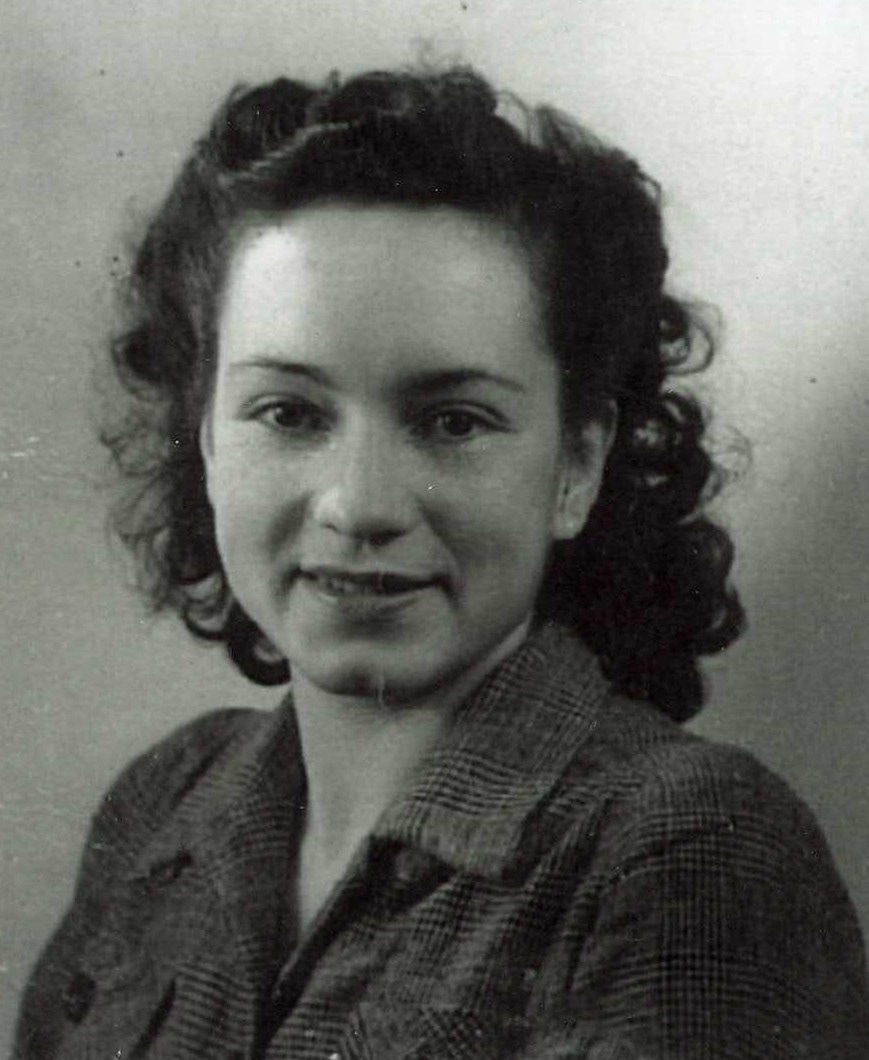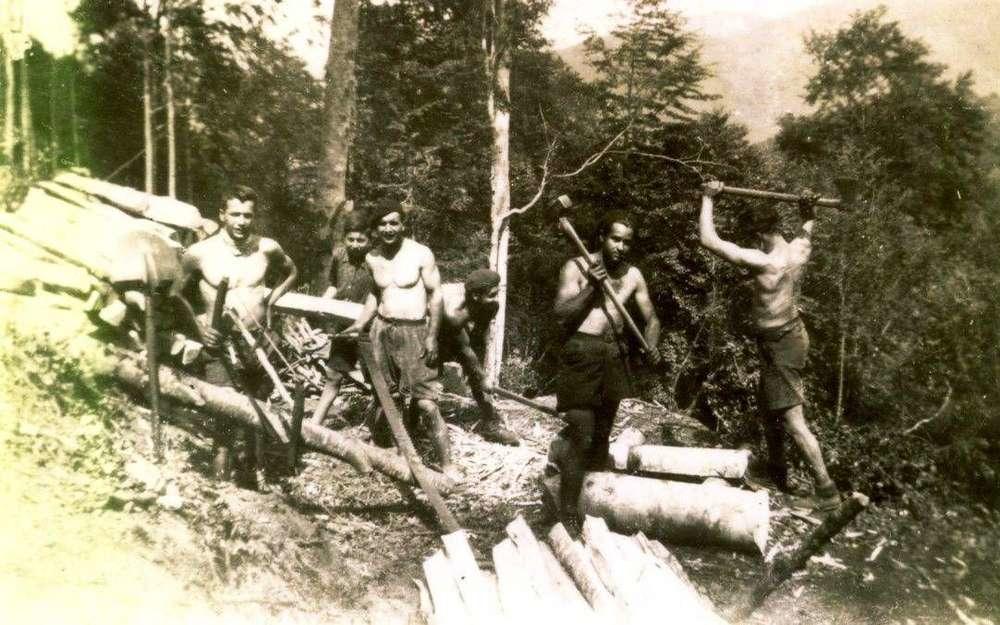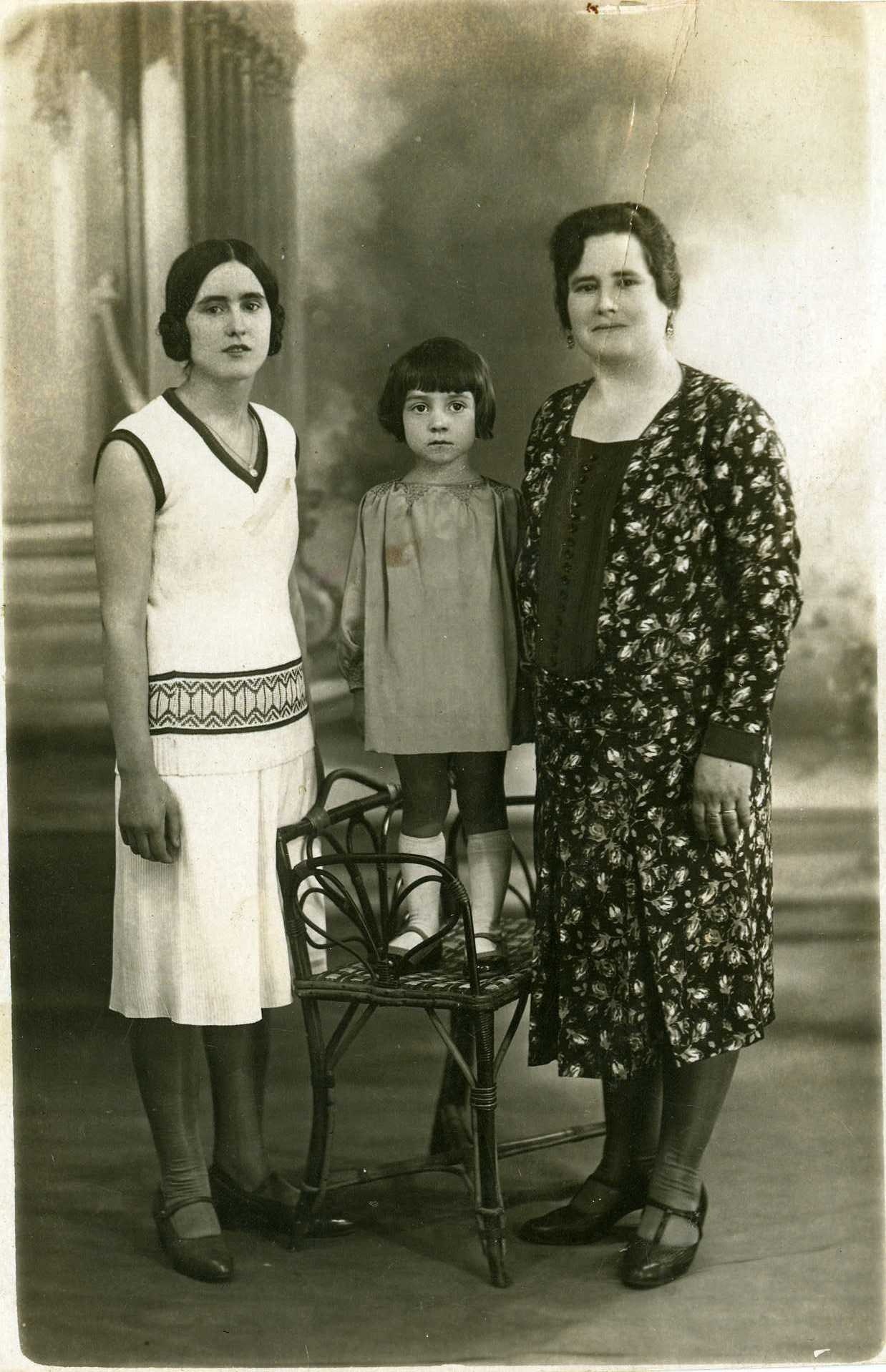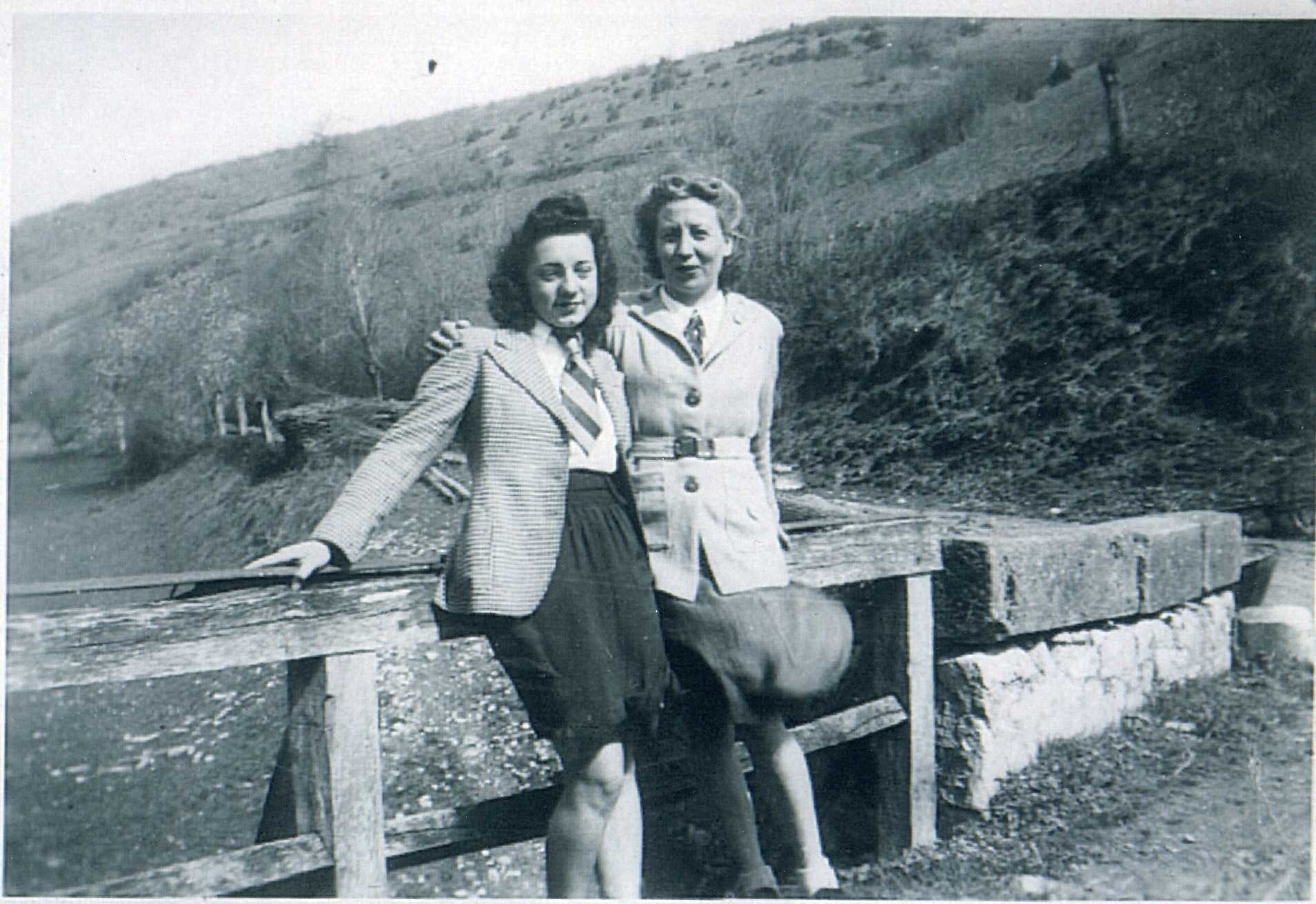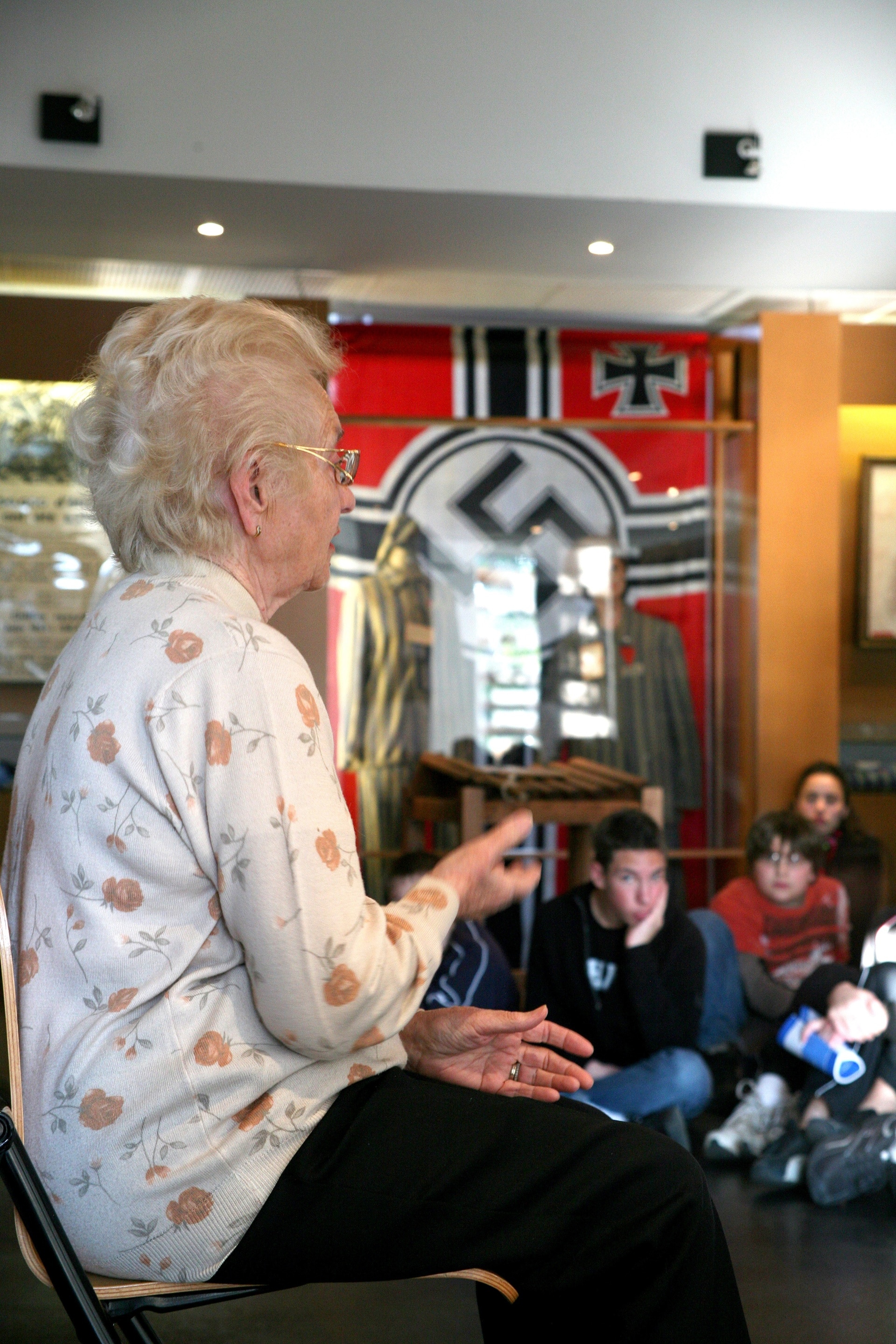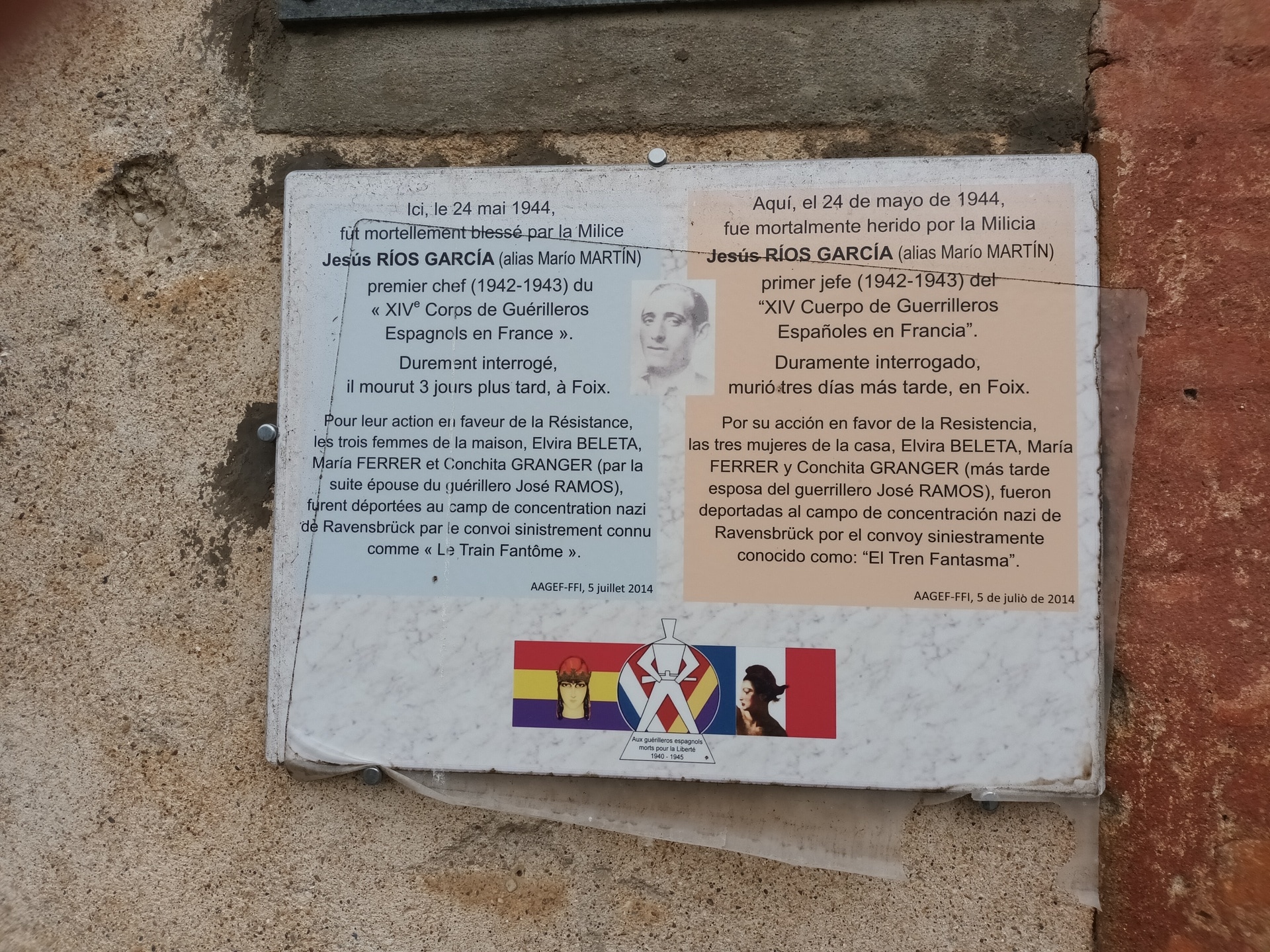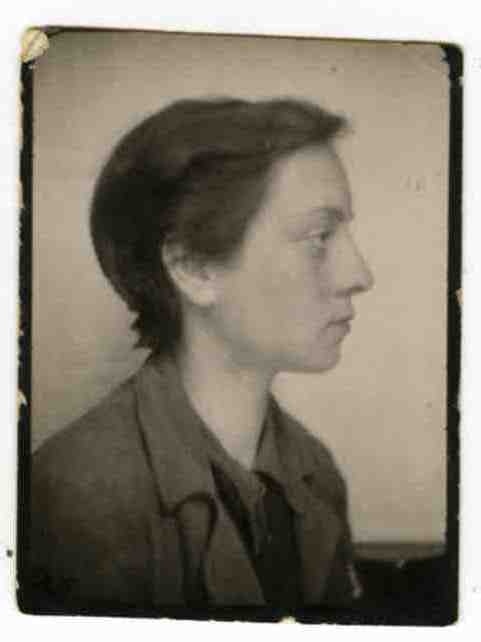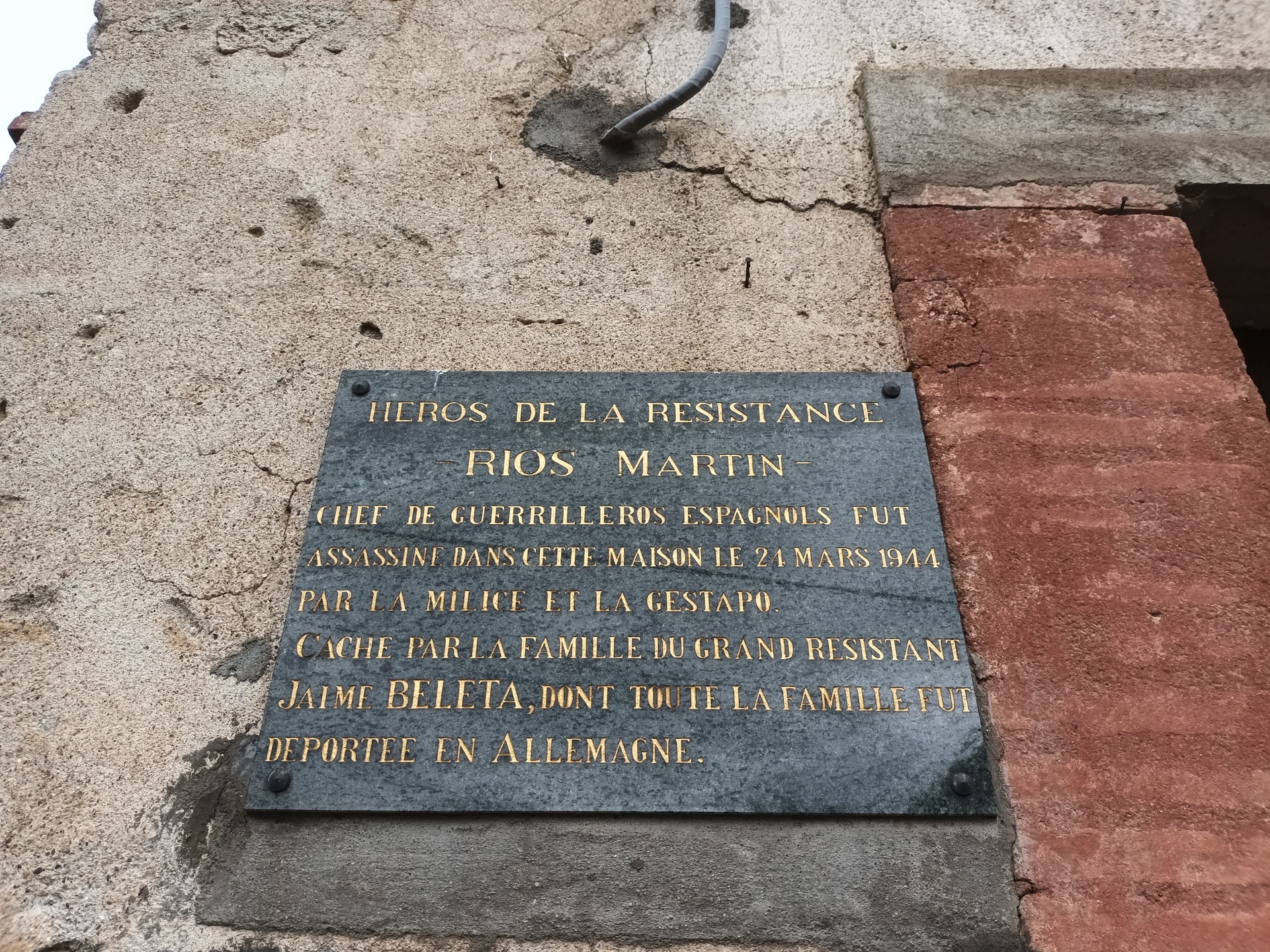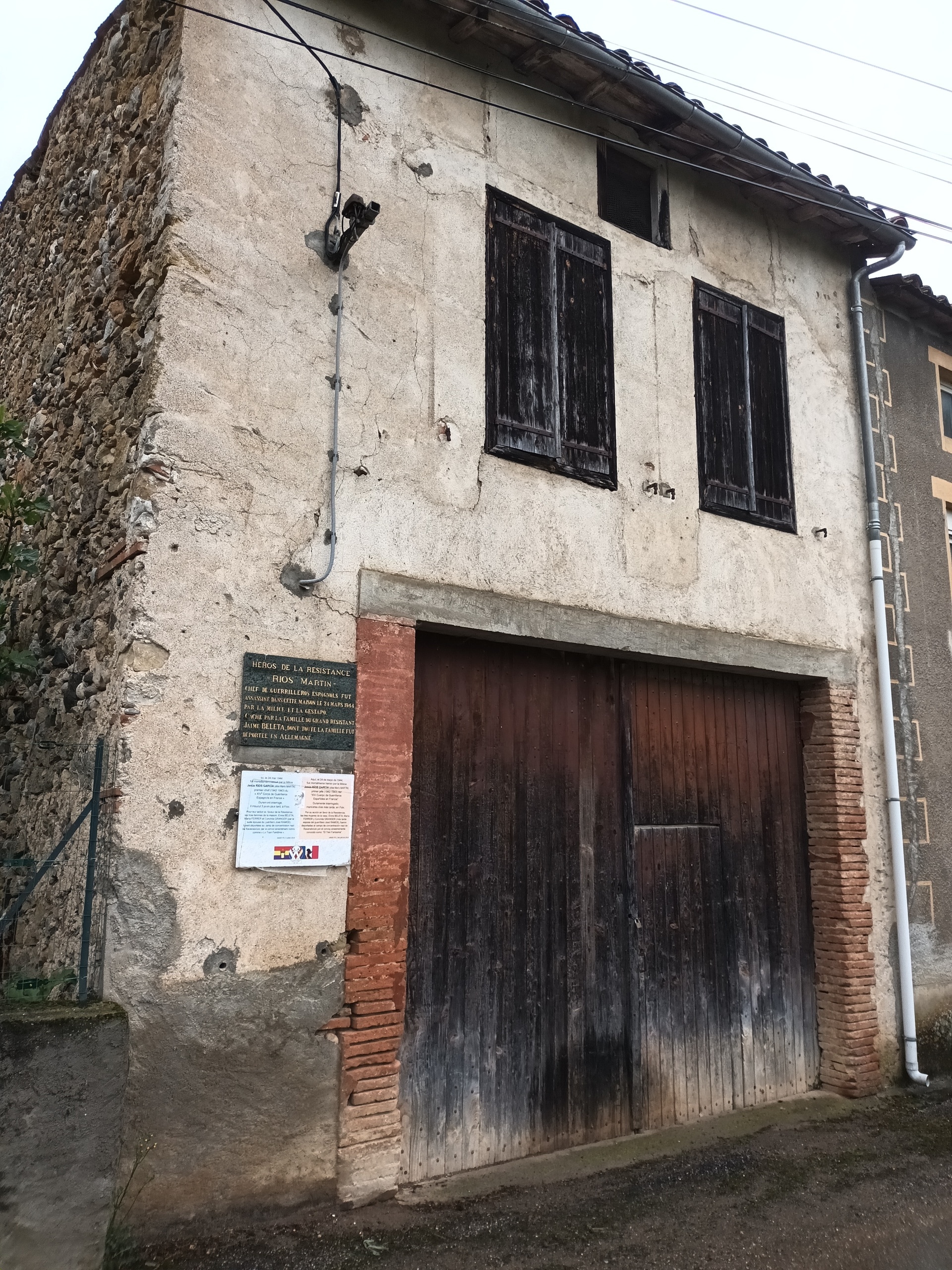A brief moment of freedom
Conxita ended up having to separate from her sister, who fell ill and was sent back to Ravensbrück. When the factory was bombed, 80% of the kommando was killed and they took the opportunity to escape. They enjoyed a brief moment of freedom, and Conxita experienced the unspeakable pleasure of tasting again what she thought was a great delicacy: a piece of bread with margarine and cold meat. But the SS got hold of them again, and as the barracks were destroyed, they were locked up for three days. All the survivors were kept in a filthy cellar, without light or ventilation and with water dripping from the walls, from where they could only get out for a few minutes a day. Afterwards, on April 14, date that she recalled in her testimony, they were transferred to the Köpernick command, where they worked digging trenches in Sachsenhausen, a mixed camp where the former president of the Spanish Council of Ministers, Francisco Largo Caballero, was imprisoned.
As the allied troops approached, the SS began one of the so-called death marches, in which any prisoner who could not keep up the pace was killed on the spot. One night, before escaping, the SS shot on sight all the deportees they found. Conxita, Elvira and a group of friends that had taken refuge under a tree saved their lives. “Out of the 85 women who left the camp, only 22 of us were left”. They wandered until first the Soviets, and then the Americans helped them. “We realised that we were alone and that our executioners had escaped”. Both the Soviets and then the Americans returned them, not without difficulties, to France, after passing through Holland, Brussels and Lille.
There Conxita was to be reunited with her cousin Maria’s family and her uncle Jaume, who had returned from Andorra. Finally, thanks to a telegram, they were able to locate Maria in Paris, shortly before her death. Conxita would recall that moment with extreme harshness: “She was completely unrecognisable […] she was a living skeleton […] she had been poisoned by the waters of the Bergen-Belsen camp. Because of all the piles of corpses lying around, typhus broke out. In the last days, the water of the camp became poisonous. In spite of her condition, she retained all her clarity”.

